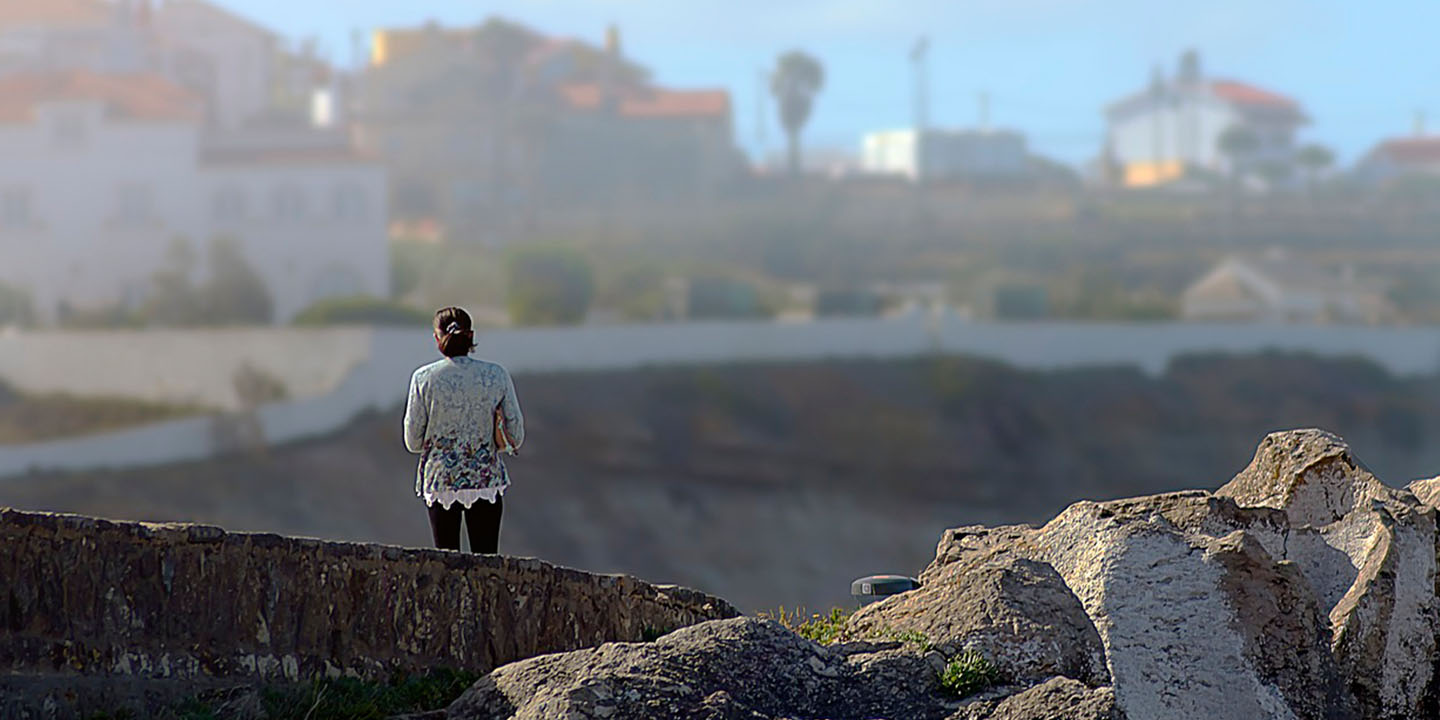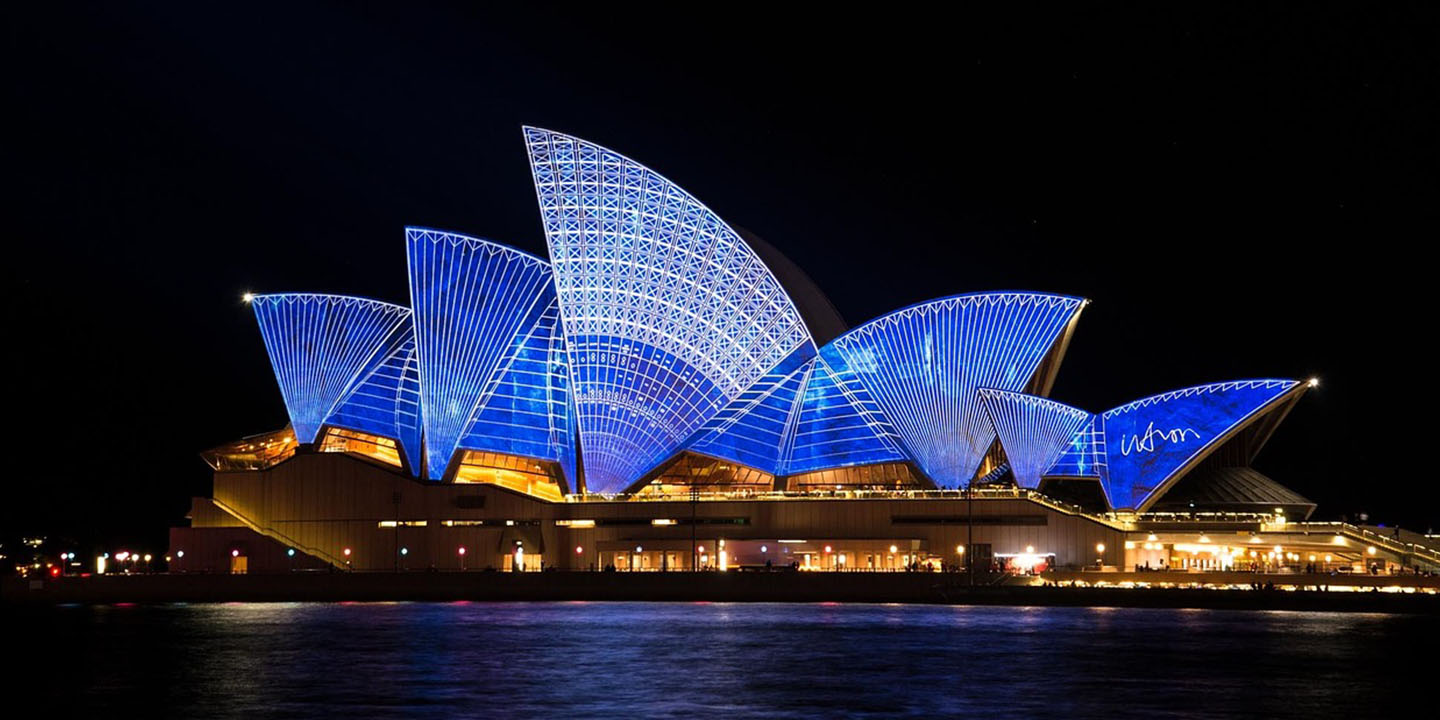Where Danger, Mystery, And Curiosity Collide
Some places are built to keep us out, whereas others are so remote or hostile to human life that no one in their right mind would willingly set foot there. And yet, for many, the very knowledge that a place is off-limits is like a siren call that draws them in and captures the imagination. Whether it’s a radioactive forest, a collapsing mine shaft, or an island forbidden to outsiders, we tell stories about these spots, pass around grainy photos, and sometimes wonder what it’d be like to stand there, just for a moment. Here are twenty locations where people simply aren’t welcome for one reason or another.
 Vladyslav Cherkasenko on Unsplash
Vladyslav Cherkasenko on Unsplash
1. North Sentinel Island
This tiny speck of land in the Andaman Islands is fiercely protected by the Sentinelese, one of the last uncontacted peoples on Earth. Outsiders who approach are met with arrows and an untimely death. Helicopters flying overhead after the 2004 tsunami were greeted with spears. It’s less about hostility, more about survival; they don’t want what the outside world brings.
2. Chernobyl Exclusion Zone
After the nuclear disaster of 1986, this city is left strangely frozen in time with abandoned playgrounds, decaying apartment blocks, and Ferris wheels rusting in place. Nature has taken over what humans fled. Wolves, wild horses, and lynx now roam the radioactive silence. Tourists can visit certain areas for a short time, but large swaths remain dangerously contaminated.
3. Snake Island, Brazil
Ilha da Queimada Grande is absolutely infested with snakes, and statistically, estimates say there are five snakes per square meter. And not just any snake, but the golden lancehead viper, one of the deadliest snakes in existence. Fishermen avoid it, and governments have restricted access to researchers. Anyone foolish enough to land risks death within minutes.
4. Poveglia, Italy
This small island in the Venetian Lagoon was once a quarantine station for plague victims. Later, it was repurposed as an asylum. Today, it’s abandoned, and the crumbling buildings are cloaked in their own sad history of human suffering. Fishermen won’t cast nets too close, fearing bones tangled in the silt.
5. The Door To Hell, Turkmenistan
In the Karakum Desert, a gaping crater burns day and night. It started when Soviet engineers accidentally collapsed a natural gas field in 1971 and set it alight to contain the fumes. It’s still burning all these years later, a pit of fire smoldering day and night.
6. Surtsey Island, Iceland
Born from a volcanic eruption in 1963, this island is one of the youngest landmasses on Earth. Scientists continue to study it closely, watching how life takes root in freshly created soil. No visitors are allowed, except researchers with permits. It’s less about danger, more about keeping the island’s nascence pure.
7. Wittenoom, Australia
In this old mining settlement, asbestos was pulled from the earth, unknowingly filling lungs with poison. After thousands died from exposure, the town was erased from maps and the roads that led there closed. Yet a few stubborn souls persist in living there, surrounded by blue asbestos tailings.
8. Fukushima Exclusion Zone, Japan
When the 2011 tsunami triggered a nuclear disaster, entire towns were evacuated. Much like other nuclear fallout zones, life appears frozen in time with supermarkets still stocked with goods and calendars on walls marking the date of the disaster. Some evacuees return occasionally to tend graves or check homes, but the radiation lingers.
9. The Catacombs Of Paris
Under France’s capital are miles of tunnels lined with skulls and femurs, stacked neatly like firewood. Only a small portion is open to the public. The rest is sealed, steeped in darkness. Urban explorers sometimes sneak in, mapping the underworld beneath Paris. But once inside, it’s easy to get lost forever—and some have.
10. Mount Merapi, Indonesia
This is one of the most active volcanoes in the world, and it erupts regularly, sometimes violently. Villages cling to its slopes anyway, with farmers tending fields as ash rains down. There’s a strange acceptance among the locals here, but climbing the peak is definitely a gamble as no one can predict when the mountain’s gurgling will turn into a roar.
11. Area 51, Nevada
This iconic military base is tucked into the desert and is heavily guarded with sensors and cameras. Everyone knows the name, but almost no one knows what goes on inside. Rumors of UFOs, alien autopsies, and experimental aircraft are ripe among online communities. Even the government barely acknowledged it existed until recently.
12. Lake Natron, Tanzania
This lake of blood-red water is so alkaline and caustic that the water can burn your skin. Birds unlucky enough to die in the waters calcify from the chalky sodium carbonate deposits. Despite the harsh environment, flamingos thrive here, nesting in the shallows.
 Joshua Stevens/NASA on Wikimedia
Joshua Stevens/NASA on Wikimedia
13. The Bermuda Triangle
This infamous area in the North Atlantic lies roughly between Miami, Bermuda, and Puerto Rico, and has a long history of unexplained disappearances. Ships, planes, even small private boats have all vanished without a trace. Compasses behave strangely, weather can shift in moments, and currents are notoriously unpredictable.
14. The Oymyakon Valley, Siberia
Temperatures here routinely plunge below -90°F. When it’s this cold, water turns to ice midair. Only a few hundred hardy residents survive here, tending reindeer and burning endless firewood to stay warm. It’s not forbidden, but this area certainly tests every human limit.
15. Lake Hillier, Australia
On Middle Island, off the coast of Western Australia, sits a lake that’s bubblegum pink. The hue comes from microorganisms that thrive in its salty waters, creating a surreal candy-colored expanse. The surrounding marshlands are treacherous and thick with salt crusts that struggle to bear a person’s weight.
16. The Mariana Trench
Seven miles down, this trench is darker than any earthly cave, with pressure crushing enough to implode submarines. Few expeditions have ever touched bottom. Few creatures can survive here—only giant amphipods, translucent snailfish, and things that glow in the blackness.
17. Ise Grand Shrine, Japan
One of Shinto’s holiest sites, this shrine is rebuilt every twenty years in an endless cycle of renewal. Only priests and members of the imperial family may step beyond the fences, and visitors have to peer from a distance at the roofs peeking through the trees.
18. The North Pole Of Inaccessibility
This isn’t the geographic pole, but the spot in the Arctic Ocean furthest from any land. Ice floes shift constantly here, making permanent stations impossible. Explorers have attempted to reach it, but most have failed.
19. The Gates Of The Arctic, Alaska
This national park has no roads, no trails, no cell service. It’s a land of endless tundra, mountains, and wild rivers. To get there requires either a bush plane or weeks of hiking. The silence isn’t empty; it’s an overwhelming near-physical barrier.
 U.S. Fish and Wildlife Service on Wikimedia
U.S. Fish and Wildlife Service on Wikimedia
20. The Tomb Of Qin Shi Huang, China
The Terracotta Army is famous with its thousands of clay soldiers unearthed in pits, but the emperor’s actual tomb remains sealed. Ancient texts describe rivers of mercury flowing inside. Modern surveys suggest those accounts might be true. Authorities refuse to excavate further, fearing the risk of damage.

























